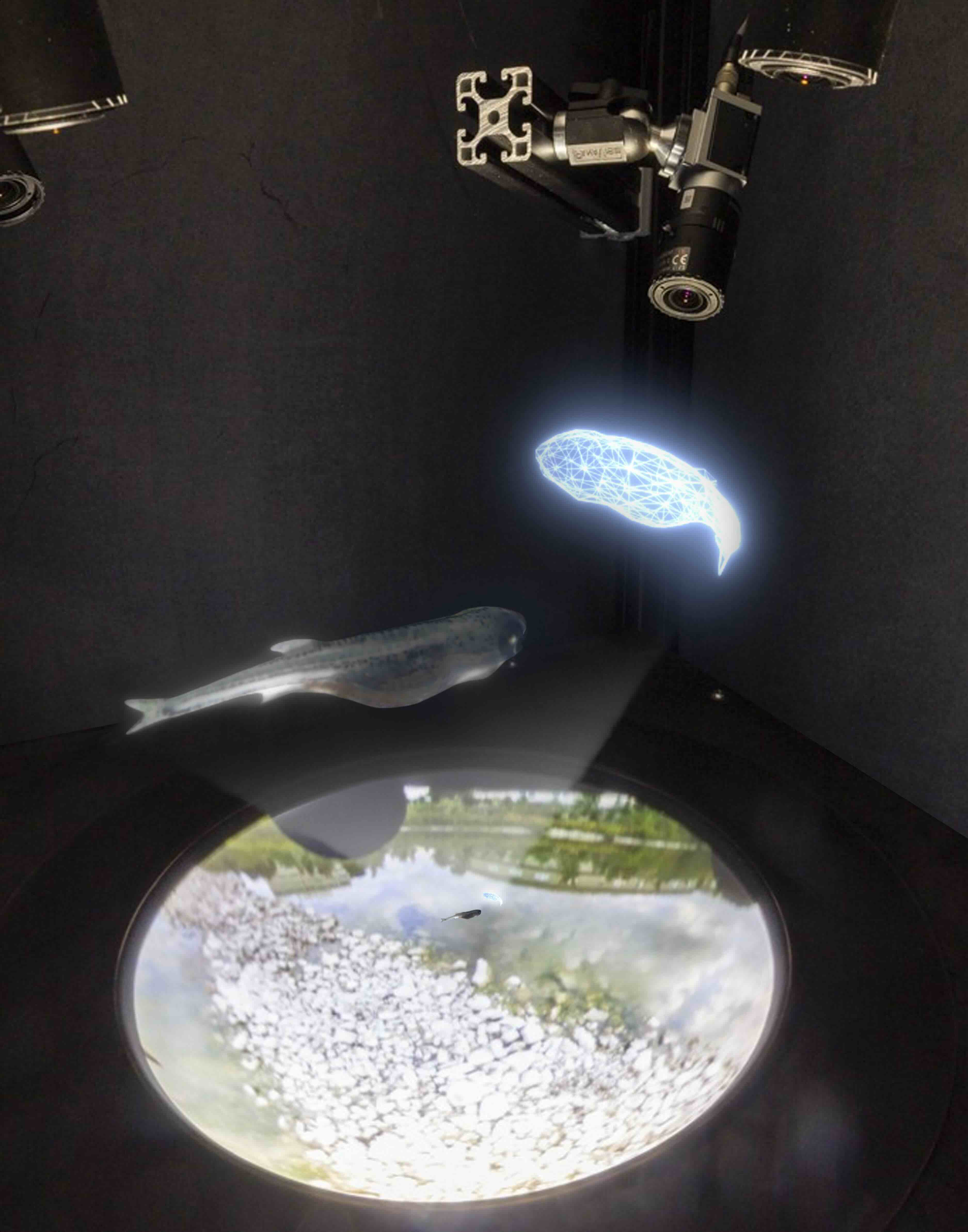Understanding Fish Schooling Behavior Through Virtual Reality and AI

How do fish swim together in perfect coordination? Behind this seemingly effortless behavior are individual fish constantly sensing their neighbors and adjusting their movements. Our research aims to understand these underlying sensorimotor control mechanisms that give rise to schooling behavior. To do this, we use virtual reality (VR) technology to create controlled, interactive environments for real fish. This allows us to study how visual information from the surroundings influences their decisions, without disrupting their natural behavior.
We combine this approach with AI-based tools such as representation learning, system identification, and reinforcement learning to uncover how fish perceive their environment and make movement decisions. These techniques help us identify the key features fish use to interact with others and model the principles behind their behavior.
In addition to studying natural behaviors, we also explore how to guide or influence fish movements using VR. This opens up new ways to investigate the dynamics of collective systems—and to test how well our models reflect real animal behavior. Through this combination of VR, machine learning, and behavioral experiments, we aim to better understand how complex group behaviors emerge from simple individual rules.
Back to All Research